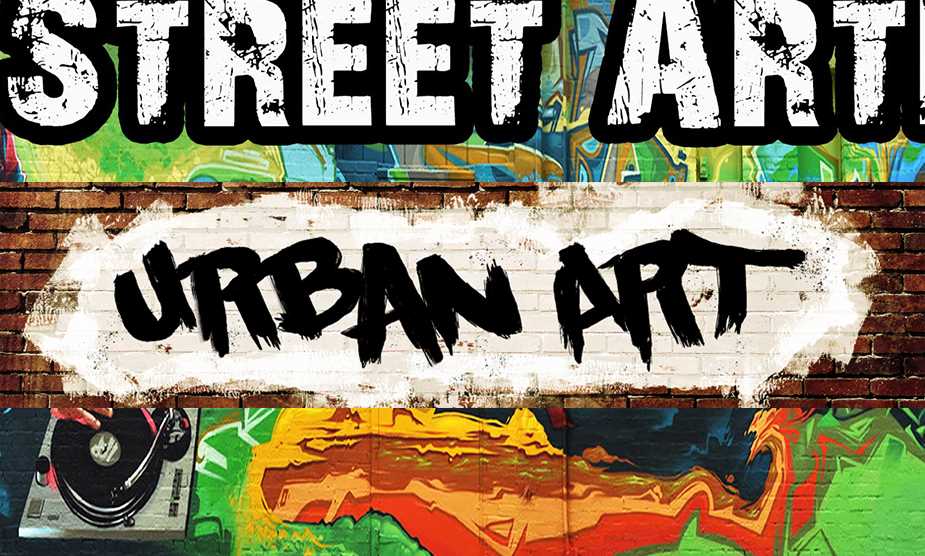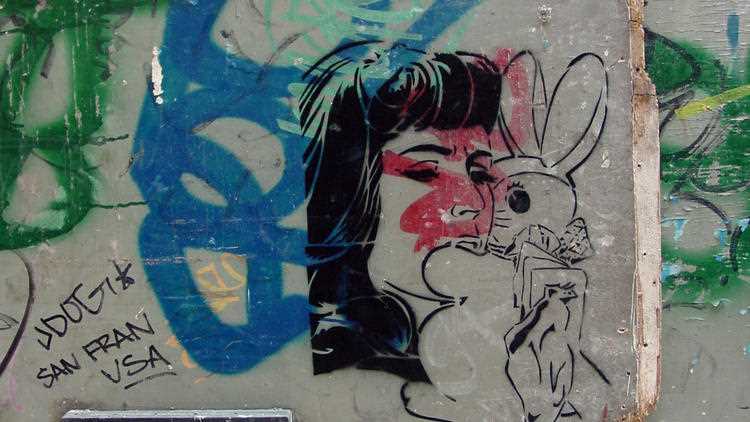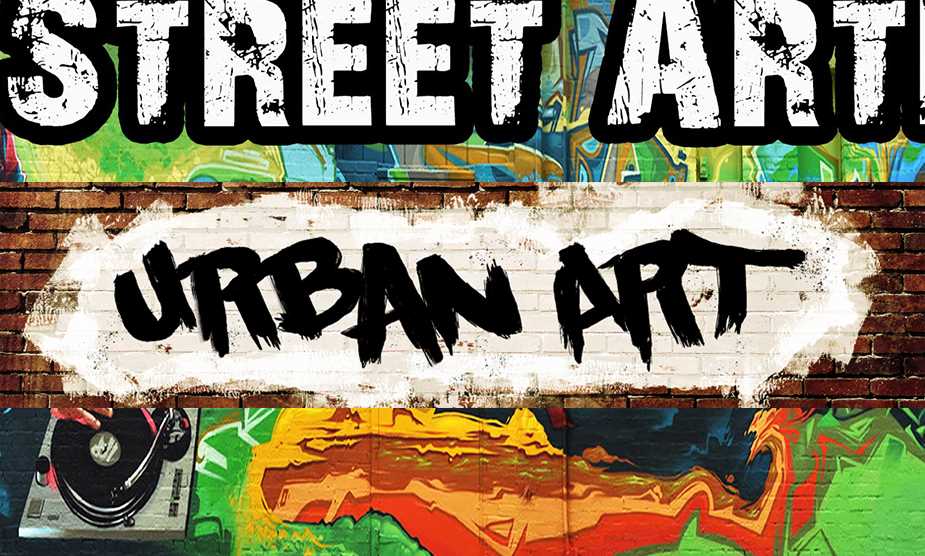
One of the defining features of urban art is its bold and vibrant style. Artists use a variety of techniques and materials to create eye-catching and visually stunning works. From large-scale murals to intricate stencil designs, each piece of urban art is a unique reflection of the artist’s vision.
Urban art styles can vary greatly, with influences ranging from traditional graffiti to contemporary art movements. Some artists focus on social and political issues, using their art as a form of protest or commentary. Others draw inspiration from pop culture, creating colorful and energetic pieces that capture the energy of the city.
Whether it’s a sprawling mural on the side of a building or a small sticker hidden in plain sight, urban art adds vibrancy and creativity to urban landscapes. It challenges traditional notions of art and invites viewers to engage with their surroundings in new and exciting ways. So next time you’re walking through a city, take a moment to appreciate the urban art that surrounds you and the stories it tells.

The throw-up is a graffiti style that originated in the 1970s in New York City. It is characterized by its quick execution and bold outlines, making it one of the most common forms of graffiti. The main idea behind throw-ups is to create a recognizable and legible tag or word in as short a time as possible.
Throw-ups are typically created using spray paint and can be found on walls, trains, and other public surfaces. Artists often use a combination of round and bubble letters to create distinctive and easily recognizable tags. The speed at which throw-ups are created allows graffiti writers to quickly leave their mark and move on without getting caught.
Techniques and Tools

To create a throw-up, artists often use a variety of techniques and tools. Spray paint is the most common choice due to its quick-drying nature and vibrant colors. Graffiti writers may use an array of nozzle sizes to create different effects, such as thick and thin lines. Additionally, artists may employ techniques like fading, outlining, and 3D effects to give their throw-ups a unique style.
Impact and Controversy

Throw-ups have had a significant impact on urban art culture, becoming an intrinsic part of the graffiti movement. They have influenced various art forms, including street art and graphic design. However, throw-ups have also been met with controversy. Many consider them to be vandalism and illegal, often leading to arrests and fines for graffiti writers. The controversy surrounding throw-ups has sparked ongoing debates about public art, its value, and the boundaries of artistic expression.
Despite the controversies, throw-ups continue to be a prominent form of urban art, showcasing the creativity and skill of graffiti writers worldwide.
Graffiti

Graffiti is a form of urban art that involves the use of spray paint, markers, or other materials to create unauthorized or public artworks on walls, buildings, or other public surfaces. It is often associated with urban culture and is considered a part of street culture.
Graffiti has a long history and can be traced back to ancient civilizations, where people would inscribe or paint on walls to convey messages or create artistic expressions. In modern times, graffiti has evolved into a vibrant and controversial art form.
There are different styles and techniques within the graffiti art world. One popular style is called “tagging,” which involves the artist signing their name or pseudonym using elaborate lettering styles. Tags can be simple or complex and often appear in highly visible places to gain recognition and respect within the graffiti community.
Another style of graffiti is called “throw-ups.” These are larger-scale works that typically consist of quickly painted bubble letters filled with solid colors. Throw-ups are often created quickly and are meant to be easily recognizable and visible from a distance.
Wildstyle graffiti is characterized by its complex lettering styles that are often difficult to read. Artists who specialize in wildstyle use intertwined and distorted lettering, as well as a combination of colors and shading techniques to create visually striking pieces.
Murals are another form of graffiti that can be found in urban art. These are large-scale artworks that usually depict detailed images, such as portraits or scenes. Murals can be created as a collaboration between multiple artists or by a single artist with a specific vision.
While graffiti continues to be a controversial art form, it has undoubtedly left its mark on urban landscapes globally. Its bold and vibrant visuals add color and character to cities and provide a glimpse into the diverse cultures and styles present in urban communities.
Bombing

Bombing is a term commonly used in the world of urban art to describe the act of quickly creating graffiti in a public space. It is often associated with illegal or unauthorized street art.
Bombing is characterized by its fast-paced nature and the use of spray paint or markers to create large, bold, and expressive lettering. The goal is to cover as much surface area as possible, often in a short amount of time, leaving a mark or tag that can be seen by many.
Bombing can be seen as a form of self-expression and rebellion, as artists aim to make their mark on the urban landscape without seeking permission or following traditional artistic practices. It is often done under the cover of darkness, adding an element of risk and thrill to the process.
While some may see bombing as vandalism or a form of destruction, others argue that it is a way for artists to reclaim public spaces and challenge societal norms. It can serve as a form of protest or a way to make a statement about social or political issues.
Despite its controversial nature, bombing has become an influential part of urban art movements around the world. Many artists who started with bombing have gone on to gain recognition in the art world and have their work showcased in galleries and museums.
Overall, bombing is a key element of urban art styles, representing an alternative form of creative expression that pushes boundaries and challenges the status quo.
Mural and Stencilism

Mural and stencilism are two popular urban art styles that have emerged in cities around the world. These art forms provide a visual representation of the culture and identity of a particular community or neighborhood.
Murals are large-scale paintings that are typically created on the sides of buildings or other public spaces. They can be created using various techniques and materials, including paint, spray paint, and even tiles or glass. Murals often depict political or social messages, and can serve as a form of protest or expression.
Stencilism, on the other hand, involves the use of stencils to create intricate and detailed images. Artists create a stencil by cutting out a design or pattern on a sheet of material, such as cardboard or plastic. They then use spray paint or paintbrushes to apply the stencil to a surface, creating a crisp and precise image.
Both mural and stencilism art forms allow for unique and powerful forms of expression. They give artists the opportunity to communicate messages to a wide audience, and also provide a way for the local community to engage with and appreciate art in their everyday surroundings.
These urban art styles have gained popularity in recent years, with cities around the world embracing and promoting public art. Murals and stencilism can be found in neighborhoods, parks, and even on transportation systems like buses and trains. They provide a sense of beauty and vibrancy to otherwise mundane spaces, and allow communities to showcase their artistic talents and unique cultural identities.
Whether it’s a colorful mural depicting local history, or a thought-provoking stencil image highlighting social issues, these urban art forms are a powerful way for artists to express themselves and engage with the world around them. They add richness and artistic value to our urban landscapes, making cities more vibrant and inspiring.

I am a mural enthusiast and a fervent admirer of street art. Rather than creating murals myself, I am passionate about collecting them. My love for street art knows no bounds. I am dedicated to curating and cherishing these artworks that grace the streets. My collection stands as a testament to my profound appreciation for this form of artistic expression.
read about me



